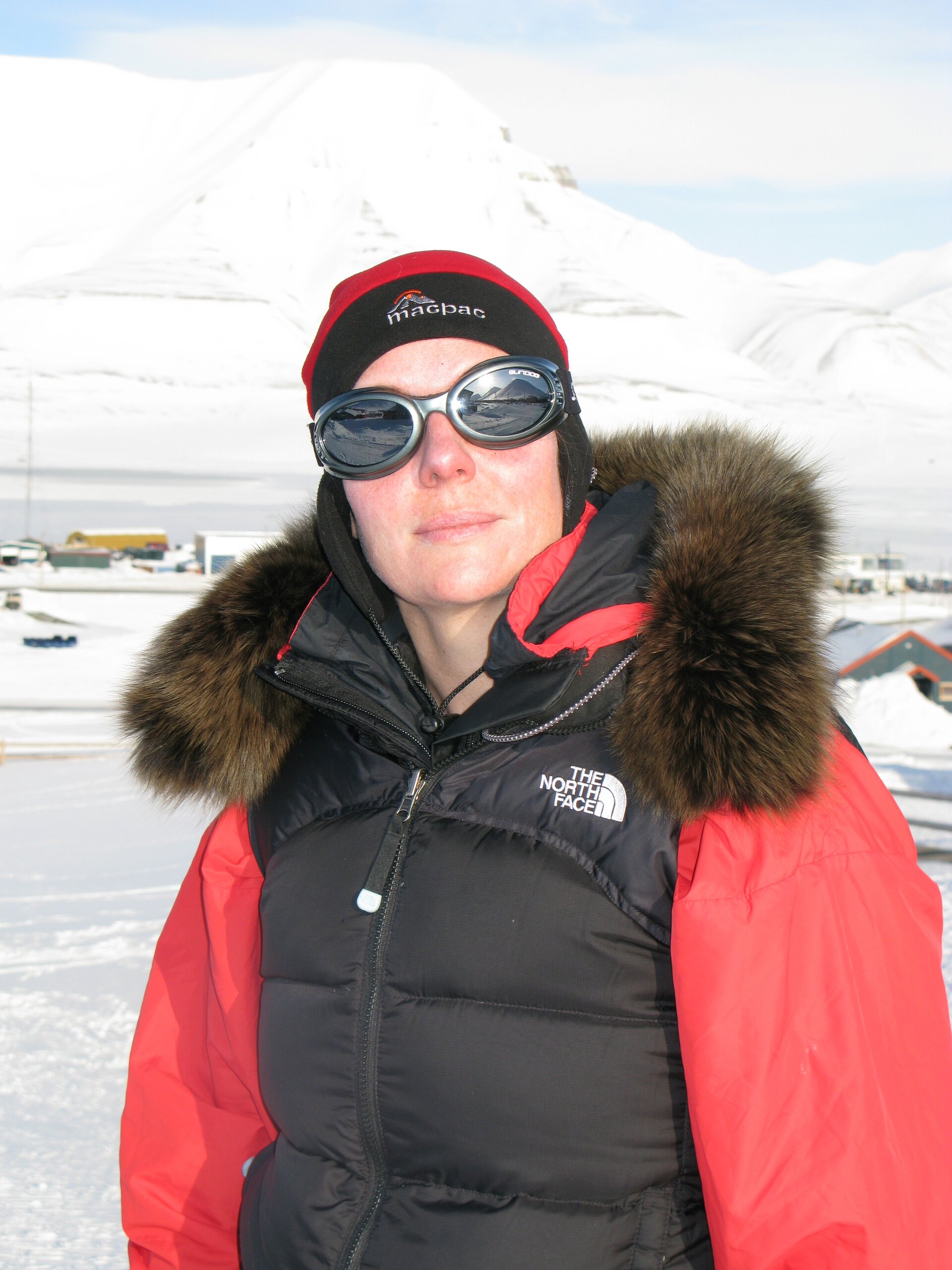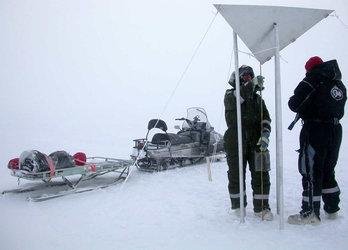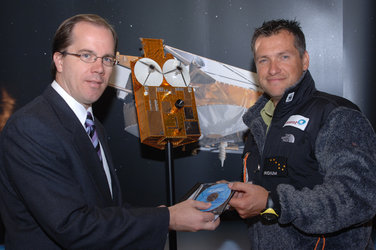Physicist contributes to CryoSat on trek to North Pole
Australian physicist Leanne Guy is taking time off work at the Geneva Observatory to venture onto the Arctic sea-ice for a three-week expedition to the North Pole. Throughout this already physically demanding trek, Leanne has volunteered to take snow-depth measurements in support of ESA's ice mission CryoSat.
Leanne works as a scientific software engineer on ESA's astrophysics mission Gaia, which aims to chart our Galaxy; however, she is also an avid follower of science projects focused a little closer to home – particularly in the polar regions. With the rebuild of CryoSat well underway and scheduled for launch next year, Leanne's keen interest in polar science prompted her to offer to take snow-depth measurements to contribute to the mission's validation programme, whilst on her 200 km trek across the fragile sea-ice.
The CryoSat project has also been fortunate enough to benefit from earlier polar expeditions such as Alain Hubert and Dixie Dansercoer's 2000 km Arctic Arc expedition in 2007 and Marc Cornelissen's 2005 Pole Track expedition. Using a prescribed measurement protocol, the data gathered on these expeditions make a valuable addition to the extensive ESA validation campaigns that form an important part of the CryoSat-2 mission development.
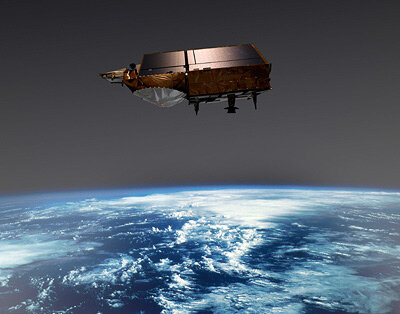
In fact, an ESA-led international validation programme is also about to get underway on the vast ice sheets that cover Greenland and northern Canada. This large-scale endeavour entails many scientists out on the ice for around three weeks in various locations taking coordinated snow and ice measurements on the ground and from the air. Since it is known that the varying properties of ice and snow will have a bearing on the eventual data from CryoSat, it is crucial to accurately account for these areas of uncertainty so that the mission's data on ice cover is as meaningful as possible.
Unlike previous contributions from professional polar explorers, Leanne is one of ten novice adventurers taking part in a personal expedition led the acclaimed adventurers David Hempleman-Adams and Rune Gjeldnes. Her welcomed and valued contribution to the overall CryoSat validation campaign will come from taking snow-depth measurements and terrain classification records at the end of each day of the expedition. She will be helped by members of the group and use the protocol already exercised in the Arctic Arc and Pole Track expeditions.
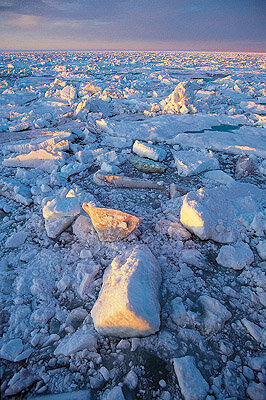
Leanne commented that, "This is my second Arctic adventure, and I expect this trip to be more challenging than the first. We will be dragging 50-kg pulks for eight hours a day and when we stop to set up camp, I and two other team members will be taking measurements for the CryoSat mission. Apart from the crucial role polar ice plays in the Earth system, I find the shear beauty of the Arctic environment staggering and expeditions such as this really highlight the issues associated with a changing climate. It is so important that we learn more about this part of the Earth and CryoSat is set to help answer some long-awaited questions."
"The data collected by Leanne with the help of members of her expedition are certainly important to us and we are grateful for the initiative and the support of the expedition", says Malcolm Davidson ESA's CryoSat validation manager. "It is important to realise that while the purpose of such measurements is mostly technical in the sense that we are trying to better understand what impact snow cover will have on CryoSat sea-ice thickness measurements, ultimately these and similar measurements will lead to better spaceborne maps of sea-ice thickness and a better global understanding of the changing environment in the polar regions."
The Cold Climate Expedition departed from the Russian Borneo research station on 6 April and ends at the geographic North Pole in around three weeks time.


